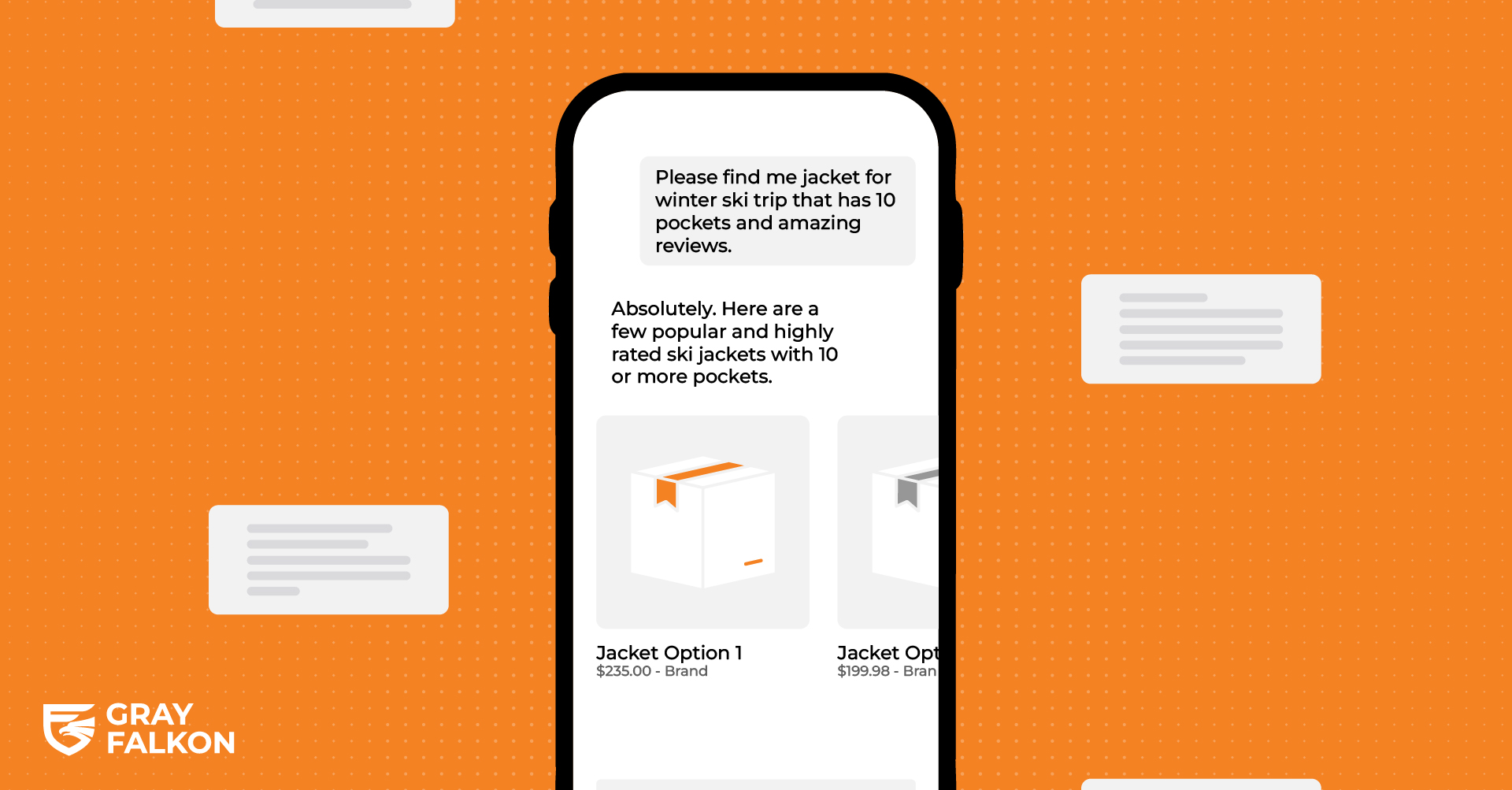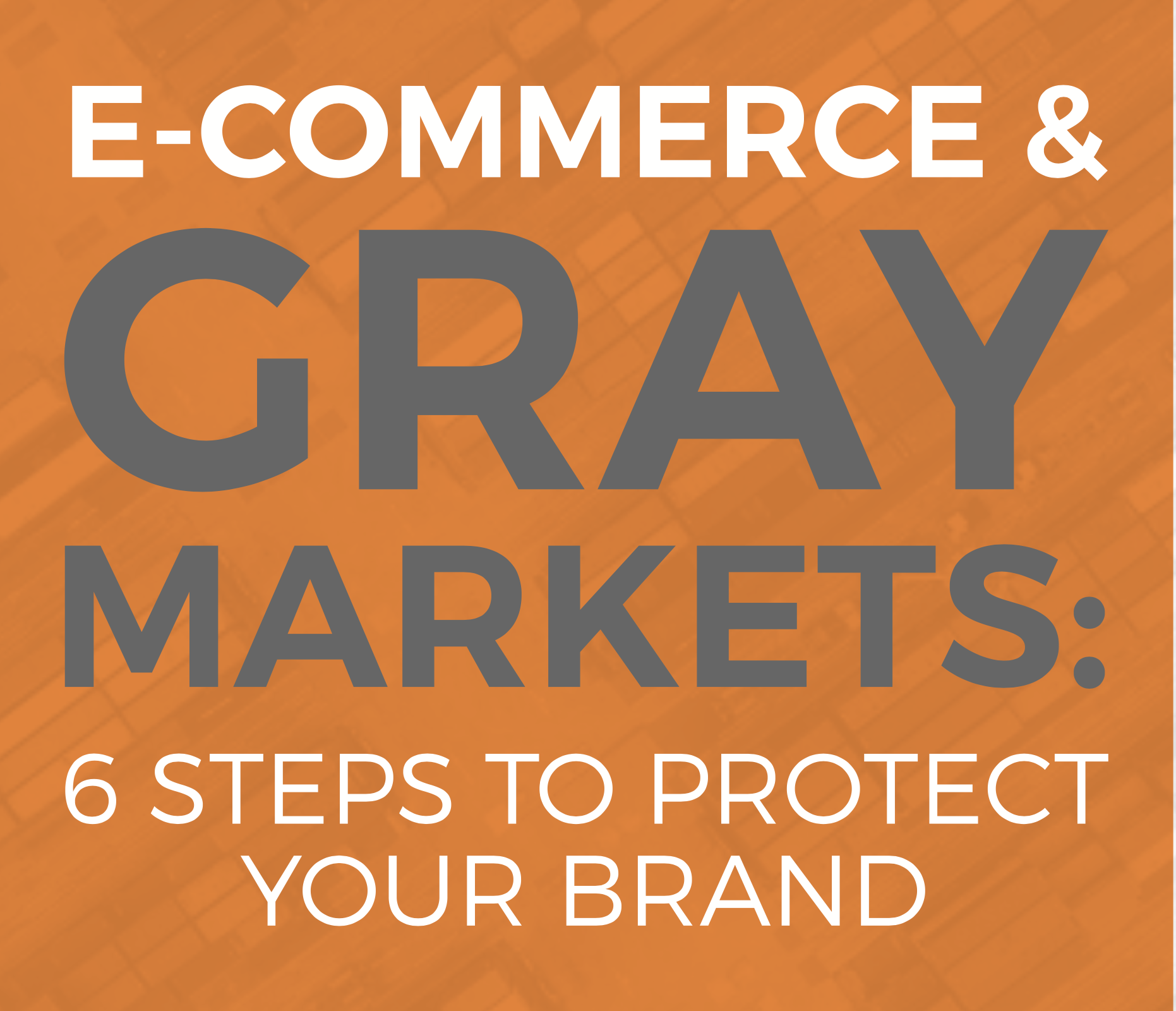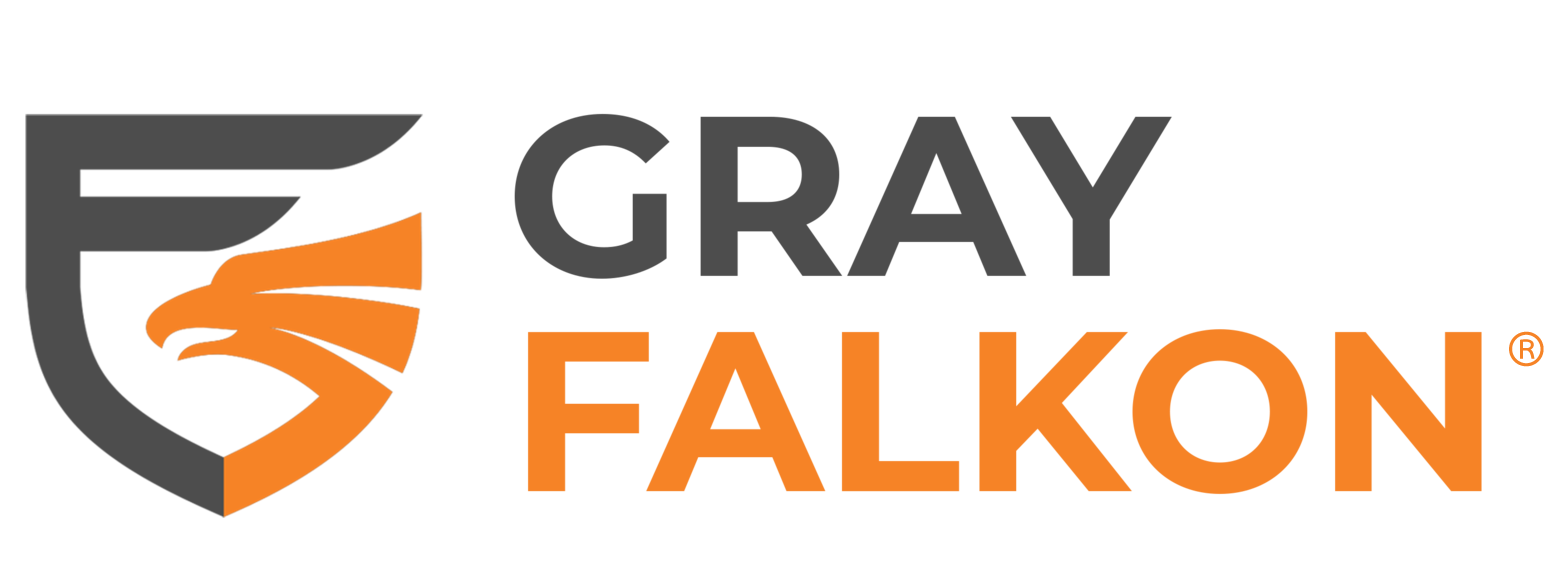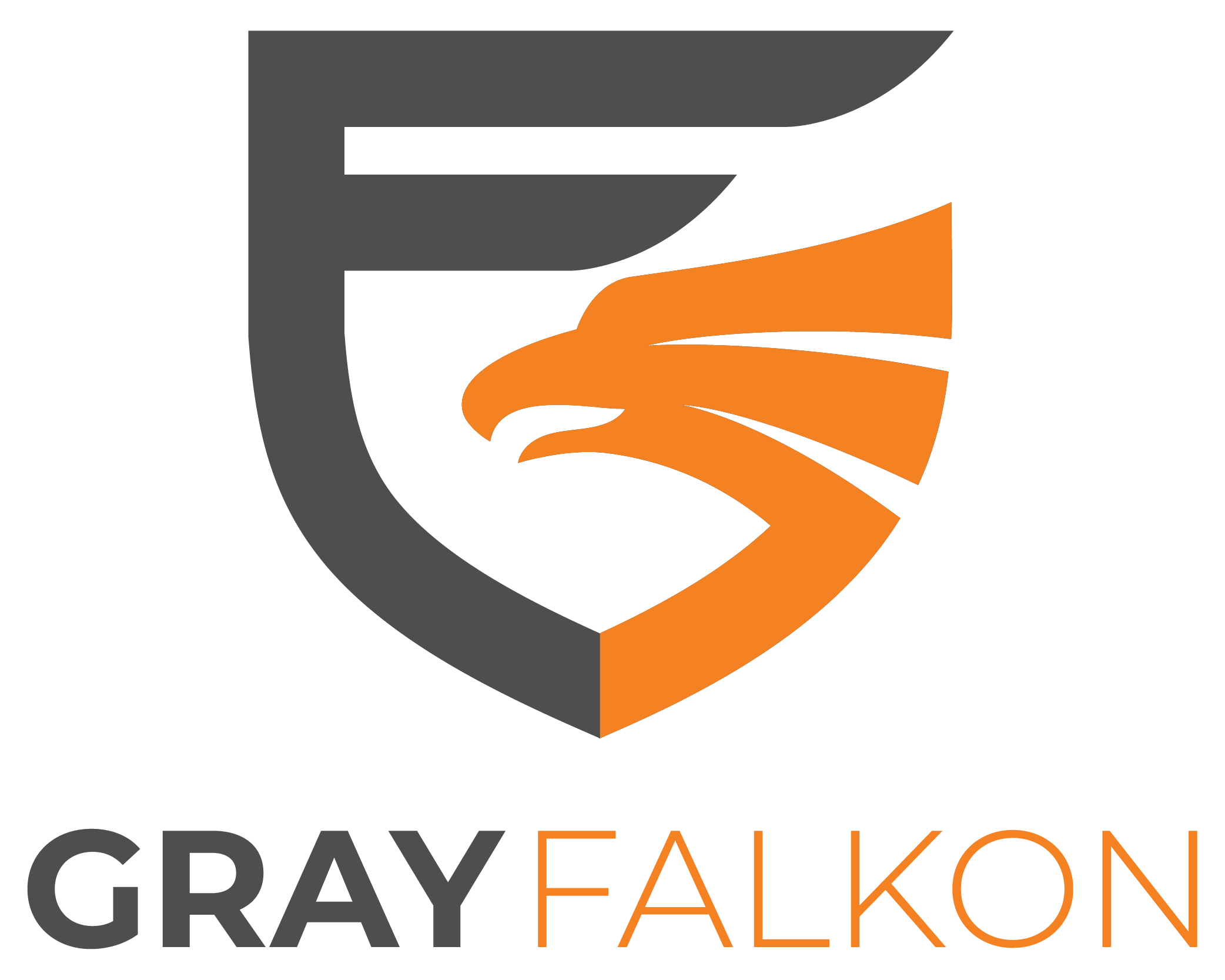
Falkon Focus: Conversational AI is reshaping eCommerce. ChatGPT and other AI platforms are turning product discovery, comparison, and even purchasing into seamless conversations, which is compressing the customer journey into a single moment. While the future of AI-driven shopping is still unfolding, one thing remains constant: brands that maintain clean, consistent, and protected marketplace data will lead the way.
Online shopping is entering a new era, one driven not by clicks and keywords, but by conversations. Large Language Models (LLMs) like ChatGPT are changing how people discover, evaluate, and even purchase products, replacing traditional search with interactive, AI-powered dialogue.
For the first time, shoppers aren’t just browsing pages or comparing listings. They’re asking questions, “What’s the best coffee grinder under $100?” or “Find me a sustainable skincare brand that ships fast.” And instead of scrolling through ads or reviews, they’re getting tailored recommendations, summaries, and even direct links to buy, all within a single conversation.
This shift represents more than just a new shopping interface, it’s a fundamental transformation in how eCommerce works. The traditional “path to purchase” is collapsing and is being replaced by conversations, guided by AI systems that interpret context, preferences, and intent on the fly.
For brands, that creates both opportunity and urgency. In this emerging landscape, visibility depends on accuracy, consistency, and credibility. The products that rise to the top of AI-driven recommendations likely won’t just be the cheapest, they’ll likely be the most reliable, well-documented, and highly rated by customers.
As conversational AI becomes the new front door of online shopping, the question for every brand is no longer just “How do we sell?”, it’s “How do we stay seen, trusted, and chosen?”.
The Shift From Search to Conversation
A Brief History of Online Shopping
Over the last two decades, the way consumers find and purchase products online has changed dramatically. What began as a simple transaction-based experience has evolved into a dynamic ecosystem shaped by algorithms, social influence, and now, artificial intelligence.
Early 2000s – The Age of Search: Shoppers once relied entirely on search engines like Google and Yahoo. Finding a product meant typing keywords, scanning through results, and clicking through multiple sites to compare prices and reviews. Brand visibility depended on Search Engine Optimization (SEO) and how well websites could climb search rankings.
2010s – Marketplace Expansion: Amazon and Walmart changed the rules by becoming self-contained search ecosystems. Although they weren’t the first marketplaces on the internet, they changed how consumers shopped online. Consumers shifted from searching the web to searching within marketplaces, where algorithms prioritized price competitiveness, fulfillment speed, and seller performance.
Late 2010s – The Rise of Social Commerce: Platforms like Instagram, TikTok, and Facebook turned discovery into entertainment. Consumers no longer needed to look for products, products found them through influencer marketing, ads, and algorithmic recommendations.
2020s – The AI Transition: Now, AI is redefining what discovery even means. Instead of typing product keywords into a search bar, customers are asking questions like “What’s a good laptop for remote work?” or “Find me jacket for winter ski trip” The results don’t send you to a blog full of pop-up ads or keyword-stuffed intros, the results give you direct answers, information, recommendations, and now the ability to transact directly in the conversation.
From Clicking Links to Asking Questions
AI isn’t just changing how people shop, it’s changing how they behave online. Where search once rewarded curiosity, AI now rewards clarity. Instead of browsing multiple sources, consumers increasingly rely on chat-based platforms to give them a single, confident answer.
Ask ChatGPT for a recipe, and it gives you one instantly, no need to scroll through food blogs, which are notorious for unnecessary information and poor user experiences. Ask for a skincare routine, and it curates one from multiple brands in seconds. The same shift is coming for product discovery: users are increasingly trusting AI recommendations over traditional listings or reviews.
This evolution brings two major consequences for brands:
- Fewer clicks, higher expectations: Customers won’t browse dozens of listings, they’ll choose from what AI presents. That means your brand data must be accurate, compliant, and protected against misinformation or unauthorized sellers.
- AI as the new gatekeeper: Visibility will depend on whether your brand’s data, from product descriptions to pricing, is clean, consistent, and recognized as credible by AI systems.
This conversational shift isn’t only reshaping consumer behavior; it’s also transforming how brands interact with platforms. Tools like Ask Gr[AI] Falkon, our new AI-powered Policy Recommender, apply the same conversational model to brand protection. Instead of digging through policy documents, brands can simply ask questions like, “What happens if my ASIN is flagged for review?” or “What documentation do I need for brand approval?”, and get direct, actionable guidance based on Amazon’s Seller Central policies.
The age of search is ending. The age of conversation is here.
The Platformification of AI: Shopping Inside the Conversation
Artificial intelligence isn’t just transforming how people search, it’s changing where they shop. The recent integrations of ChatGPT with Shopify, Walmart and Salesforce mark a new milestone in eCommerce: shopping experiences that live entirely inside conversational AI.
Through these partnerships, shoppers can now browse products, compare options, and even complete purchases directly within ChatGPT without ever leaving the chat. The AI acts as a personalized shopping assistant, filtering millions of potential products to surface a curated selection tailored to the user’s request.
We are witnessing the emergence of agentic commerce, echoing the transformative shift that eCommerce experienced in the late 2000s and early 2010s. Rather than simply directing users to external websites, large language models (LLMs) like ChatGPT are acting as autonomous agents, seamlessly integrating discovery, recommendation, and transaction into a unified shopping experience.
For brands, this changes everything:
- Discovery is now conversational. Shoppers can simply ask, “Find me a sustainable coffee brand” or “Best LED lighting for my living room?”, and complete the purchase instantly.
- Visibility depends on data quality. AI is likely to curate responses based on product accuracy, trust signals, and brand reputation, meaning incomplete or inconsistent listings could cause your products to disappear from recommendations.
- Marketplace competition is blurring. Traditional borders between retail media, marketplaces, and AI search are fading. A product shown in ChatGPT’s shopping experience may compete directly with Amazon or Walmart results, all within the same chat window.
- The implications for eCommerce are massive. If conversational platforms become the new storefronts, brand protection, listing accuracy, and marketplace control may determine whether your brand is surfaced or skipped.
As AI platforms evolve into commerce platforms, the brands that win will be those that treat accuracy and integrity as part of their visibility strategy, ensuring that what the AI recommends truly represents their brand.
Looking Ahead: eCommerce in an Age of Uncertainty
Predicting what eCommerce will look like in one year, three years, or five years is nearly impossible. The rise of conversational AI, platform integrations, and real-time personalization is transforming how consumers shop faster than any previous digital shift. What’s even harder to forecast is how brand protection will need to evolve as commerce moves deeper into AI-driven environments.
Will customers shop primarily through conversational assistants?
Will AI platforms become the new marketplaces?
And most importantly, how will brands maintain control of how their products are represented and sold when algorithms, not search engines, shape visibility?
While these questions don’t yet have clear answers, one thing is certain – foundational brand protection practices are more essential than ever.
Even as AI shopping grows, the majority of transactions still happen on “legacy” marketplaces like Amazon and Walmart. These platforms remain the backbone of online retail and the front line for brand protection. For brands, that means maintaining clean listings, controlling unauthorized sellers, and enforcing consistent pricing and presentation across all channels is still the most immediate, measurable way to protect trust and revenue.
How Gray Falkon Is Preparing for What Comes Next
The eCommerce landscape is evolving fast. AI is transforming how consumers discover and compare products, and conversational platforms like ChatGPT are beginning to influence where and how shoppers make purchasing decisions. While these developments are still taking shape, one thing remains clear, brands need control and consistency across the marketplaces that matter most today.
At Gray Falkon, we focus on helping brands maintain that control on platforms like Amazon and Walmart, while keeping a close eye on emerging technologies that could reshape eCommerce in the years ahead. Our solution combines automation, scalability, and precision to give brands the stability they need now, and the flexibility to adapt later.
AI-Powered Monitoring
Our technology continuously scans Amazon, Walmart, and other leading marketplaces to detect:
- Unauthorized sellers that disrupt listings or violate marketplace policies.
- Compliance issues that could affect visibility and consumer trust.
- Listing inconsistencies that can distort how your brand appears across platforms.
This real-time monitoring gives brands visibility into potential risks, ensuring consistent presence and protection during peak sales cycles and evolving marketplace conditions.
Seller Engagement: Two-Stage, AI-Powered Solution
Gray Falkon’s Seller Engagement solution combines automated letter campaigns with AI-driven Falkon Connect outreach to resolve violations faster and more effectively. Every unauthorized seller receives a customized letter campaign – personalized, brand-aligned correspondence designed to drive compliance and remove listings quickly while documenting enforcement actions.
Next, Falkon Connect continues the dialogue through AI-powered, policy-compliant messaging that gathers sourcing information, identifies distribution leaks, and maintains continuous engagement across regions and languages.
Together, these two components deliver a proactive, scalable system that not only stops unauthorized sales but prevents them from reappearing.
Answer Policy Questions With Ask Gr[AI] Falkon
Ask Gr[AI] Falkon is our AI-powered Policy Recommender that helps brands understand Amazon’s complex policies. Instead of searching through pages of documentation, you can ask specific questions like, “What happens if a product is incorrectly listed under a restricted category?”
This tool helps internal teams stay aligned with evolving marketplace standards, supporting faster, smarter decisions when it matters most.
Proactive and Automated Marketplace Engagement
Manual marketplace engagement can’t keep up with the pace of modern eCommerce. That’s why Gray Falkon’s Full Deployment solution automates the engagement process by preparing and submitting marketplace-compliant violation reports at scale. This automation delivers:
- Swift and compliant takedowns: Removing unauthorized sellers quickly and efficiently.
- Consistent documentation: Building a complete record for internal and platform reporting.
- Continuous protection: Keeping listings clean without adding manual workload to internal teams.
By removing friction from the engagement process, Gray Falkon helps brands focus on growth while maintaining marketplace integrity.
Marketplace Brand Protection Portal
Full Deployment clients gain access to Gray Falkon’s Marketplace Brand Protection Portal, an advanced dashboard suite that translates data into strategy:
- Overview Dashboard: A snapshot of the impact of your brand protection efforts across marketplaces.
- Products Dashboard: Identify which SKUs or ASINs are most affected by unauthorized activity.
- Sellers Dashboard: Track unauthorized sellers and the biggest offenders, including repeat appearances and shifting inventory and pricing strategies.
This data-driven visibility allows brands to strengthen marketplace consistency today and prepare for what’s next in the evolving eCommerce landscape.
Gray Falkon delivers clarity, control, and confidence in an increasingly complex retail ecosystem. While no one can predict exactly where eCommerce will go next, brands that maintain visibility, compliance, and marketplace integrity today will be best positioned to thrive tomorrow.
Schedule a demo today and see how Gray Falkon can protect your brand in an uncharted eCommerce landscape.





